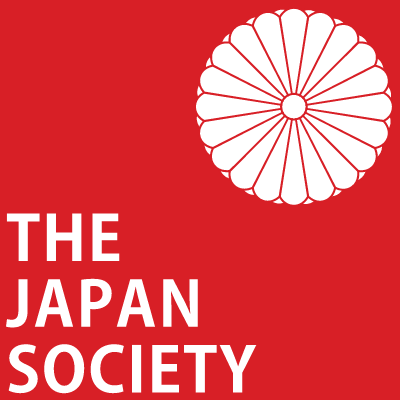Issue 30 (December 2010, Volume 5, Number 6)

In this issue we focus on contemporary Japanese themes with reviews examining the current state of gender equality, politics, social issues, foreign policy and modern architecture. We also have a retrospective report on the exhibition of prehistoric Japanese miniature clay figurines held at the Sainsbury Centre for Visual Arts in Norwich during the summer of 2010.
Our first review explores The New Paradox for Japanese Women: Greater Choice, Greater Inequality, a thought provoking book analyzing the social inequality experienced by women in today’s Japan. The position of Japanese women is compared with that of men, producing a not especially positive set of results. Despite the 1985 Equal Employment Opportunity Law women still significantly lag behind men in all major areas, especially political representation, while working women still do most domestic chores and child care.
Next we delve into an impressive study, Koizumi and Japanese Politics: Reform Strategies and Leadership Style, which meticulously dissects the highly successful administration of Junichiro Koizumi (April 2001 to September 2006). Since his departure, no Japanese prime minister has lasted longer than a year. Why was Koizumi able to deliver strong leadership and make significant reforms? Koizumi’s policies, institutional reforms and flamboyant political style are all scrutinized in depth.
Fumiko Halloran looks at Rapid Changes in Diplomacy (外交激変), a Japanese language book looking at the dynamics of foreign policy from ministry insider Shunji Yanai’s perspective. He is a former Ambassador to the United States who during his 41 year-long career found himself at the centre of many key diplomatic moments including (to name a few) the negotiations on the return of Okinawa, the first Gulf War, Japan’s participation in the United Nations Peacekeeping Operations (PKO), Tokyo’s failure to attain a permanent seat on the UN Security Council and the Iraqi invasion.
Sir Hugh Cortazzi gives his verdict on Living Japan, Essays on Everyday Life in Contemporary Society, a work comprising seventy short essays which explore various aspects of the everyday life of ordinary Japanese people. Its vivid firsthand accounts from a Japanese viewpoint provide some fascinating insights into Japan and its people.
Susan Meehan shares her thoughts on the highly popular ‘Unearthed’ exhibition which was held at the Sainsbury Centre for Visual Arts in Norwich during summer 2010. At its heart was a collection of over 100 prehistoric miniature clay figurines including many hailing from Japan called ‘dogū’ (土偶) meaning clay spirits, which were mainly from the Jōmon (縄文時代) era (about14,000 to 300BC).
Our final review, New Architecture in Japan, takes us back to the present day. This work is an introductory survey of new architecture in Japan featuring buildings by well known Japanese architects such as Tadao Ando as well as projects by new young architects and by international practices. Using some excellent photography, it looks at new architectural ideas and themes in Japan covering a wide variety of public and private buildings.
Contents
- The New Paradox for Japanese Women: Greater Choice, Greater Inequality
- Koizumi and Japanese politics: Reform Strategies and Leadership Style
- Rapid Changes in Diplomacy (外交激変)
- Living Japan, Essays on Everyday Life in Contemporary Society
- Unearthed Exhibition
- New Architecture in Japan
Contributors
Editor
Sean Curtin
Managing Editor
John Toppon
Production Assistant
Abbie Martin
Reviewers
Sir Hugh Cortazzi, Sean Curtin, Fumiko Halloran and Susan Meehan

